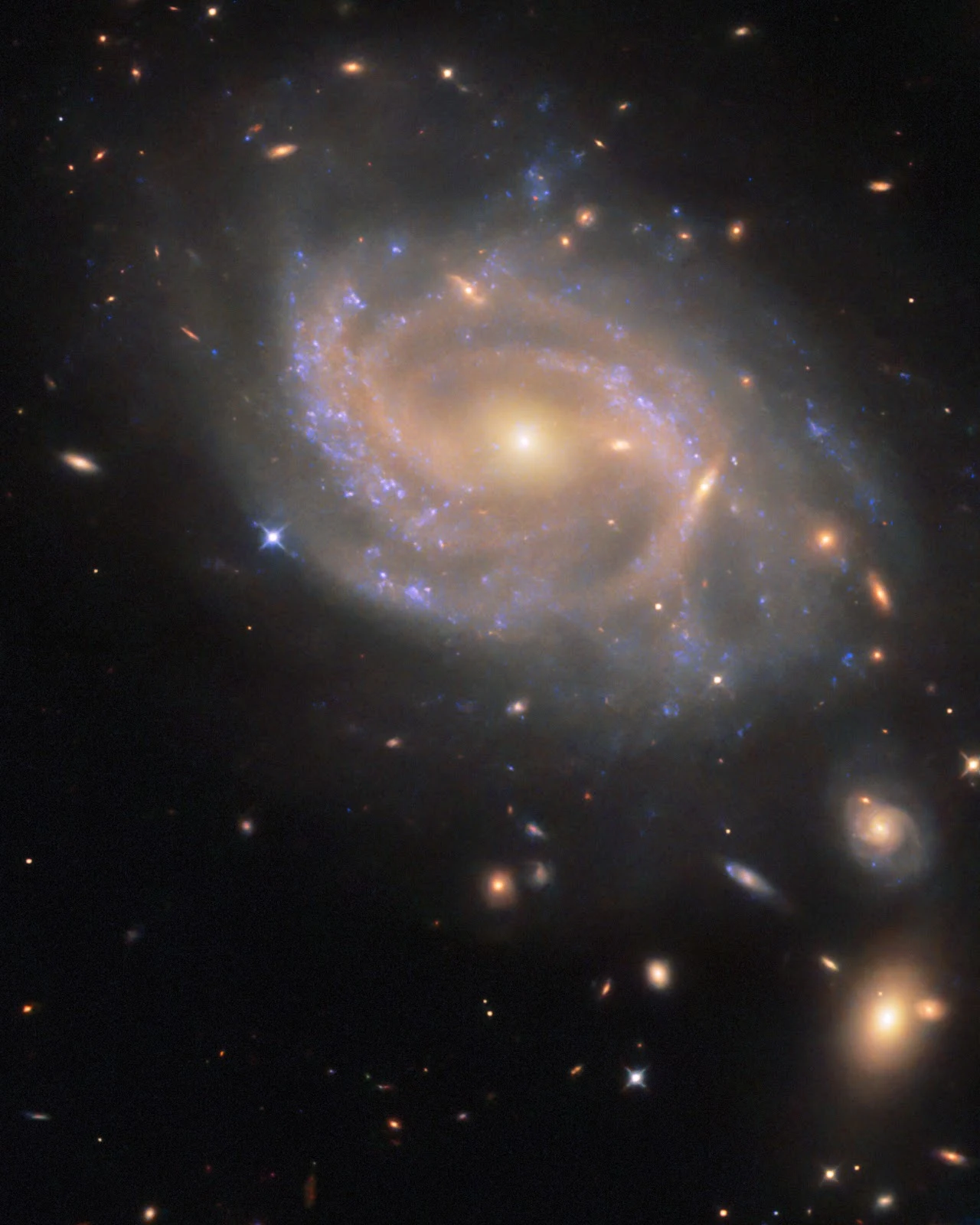HOPS-315, a baby star where astronomers have observed evidence for the earliest stages of planet formation.

This image shows jets of silicon monoxide (SiO) blowing away from the baby star HOPS-315. The image was obtained with the with the Atacama Large Millimeter/submillimeter Array (ALMA), in which ESO is a partner.
One of the more dishonest tactics employed by creationist grifter Ken Ham is his infamous question:
"Were you there?" As though the only valid form of evidence is eye-witness testimony. The implication is clear—if you didn’t personally observe a species evolving, then you have no grounds to claim that evolution occurred. And by extension, Ham suggests that his own creationist claims are equally valid and deserve the same consideration as scientific explanations, despite the fact that he wasn't there either.
Of course, this deliberately ignores the many well-documented instances of observed evolution and the overwhelming fossil evidence showing gradual transitions over time.
He applies the same fallacious reasoning to cosmology, dismissing scientific accounts of Earth’s and the solar system’s origins on the grounds that no one was there to witness them. As though this somehow makes the biblical Bronze Age myth—a magical spontaneous assembly in response to divine incantation—equally plausible.
In a typically cynical move, Ham teaches children to parrot this question as a way to shut down scientific discussion. Rather than encouraging curiosity with the far more constructive question,
"How do you know that?" — a gateway to learning about observation, extrapolation, and logical reasoning — he arms them with a slogan designed to obstruct inquiry and preserve ignorance, while making them feel smugly superior to the scientists having exposed the 'flaw' in their reasoning.
But now, thanks to cutting-edge astronomical research, science has delivered something akin to
“being there” at the birth of a planet.
An international team of researchers, using the ALMA telescope (operated in part by the European Southern Observatory) and the James Webb Space Telescope, have observed what appears to be the formation of an Earth-like planet in the accretion disk of a young star. This is direct evidence supporting the scientific model of planetary formation — the very process that explains the origins of Earth and the solar system.
Predictably, this discovery will require some creative misrepresentation from creationists to dismiss it. No doubt we’ll hear claims that it’s not
really the same process that formed Earth, or that it doesn’t
disprove Genesis — because defending ancient mythology apparently requires ignoring any modern evidence that makes it look absurdly naive.



















.jpg)













